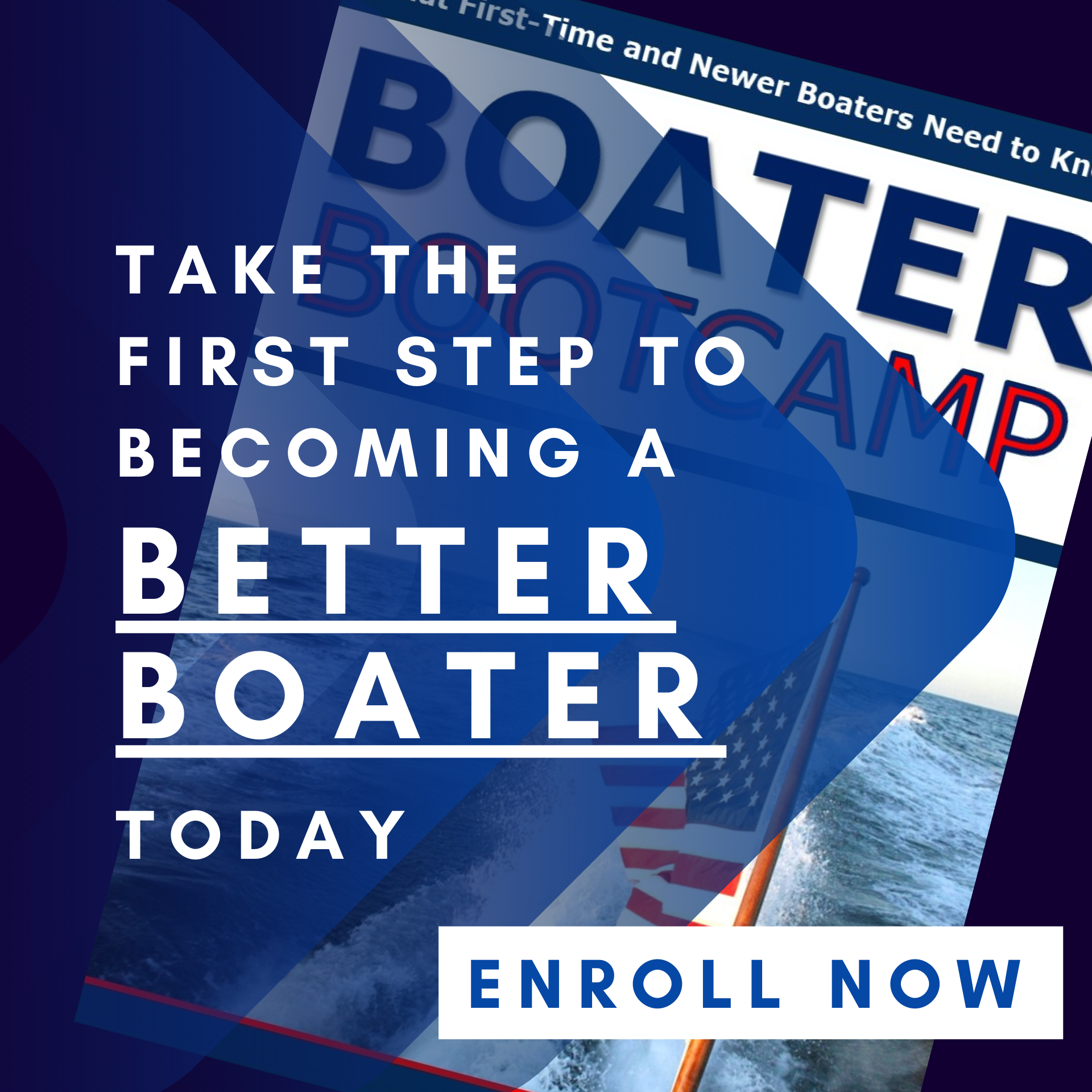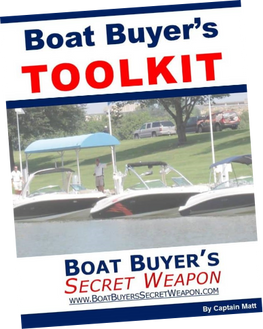Yes, pontoons and tri-toons can go in salt-water. There are a few things to consider first.
At first glance, a saltwater pontoon looks identical to a freshwater one. However, the difference lies in the details:
Key Features of Saltwater Pontoons:
-
Sacrificial Anodes:
Protect against galvanic corrosion by sacrificing themselves instead of your aluminum pontoons or motor parts. - Saltwater/Brackish Water: Aluminum anodes.
- Freshwater: Magnesium anodes.
-
Sealed Lifting Strakes and Keels:
Prevent saltwater from getting trapped and causing corrosion. Freshwater pontoons often leave these components open. -
Stainless Steel Components:
Look for stainless steel fuel-water separators and fittings, as they resist corrosion better than other metals. - Tinned wiring and heat shrinked connections:
Wiring in a saltwater environment is subject to corrosion and early failure, don’t forget to inspect this important factors
5. Saltwater Decals:
While helpful, decals are the least reliable indicator of saltwater readiness. Focus on the structural features instead.
Protecting Your Pontoon from Galvanic Corrosion
Saltwater is highly conductive, and when dissimilar metals come into contact, galvanic corrosion can quickly destroy vital parts.
Tips to Prevent Galvanic Corrosion:
- Use Insulators: Plastic washers or sleeves can separate metals and stop corrosion.
- Replace Anodes Regularly: Once an anode is 50% degraded, it’s time for a replacement.
- Check for Electrical Issues: Loose or exposed wires can accelerate corrosion.
Pro Tip:
Inspect any used pontoon for aftermarket modifications. Improperly installed electronics or screws can cause unseen damage over time.
Maintenance for Saltwater Pontoons
Regular Cleaning Is Essential
Saltwater leaves a damaging residue that can corrode your pontoon’s surfaces and components. After every outing:
- Rinse All Surfaces: Use a high-pressure freshwater spray to clean fences, ladders, engines, and bimini supports.
- Flush the Engine: Outboards and stern drives require a thorough flush to remove salt deposits.
- Inspect for Corrosion: Regularly check cross members, bolts, and brackets for signs of rust or electrolysis.
Suggested Image:
A pontoon being sprayed down with freshwater after a day on the water.
Anti-Fouling Paint: A Must for Long-Term Saltwater Use
If you plan to leave your pontoon in saltwater for weeks at a time, anti-fouling paint is critical to prevent barnacle growth and corrosion.
Steps for Proper Pontoon Painting:
- Sand the aluminum surfaces.
- Apply a primer suitable for aluminum.
- Use copper-free, aluminum-safe anti-fouling paint.
- Avoid painting sacrificial anodes—they need to remain exposed.
Pro Tip:
Only paint up to an inch above the waterline. Painting higher is unnecessary and can lead to peeling.
Handling Saltwater Pontoons in Rough Conditions
While pontoons can handle mild chop, they’re not designed for the open ocean or large swells. Here’s how to stay safe:
- Keep the Nose Up: Shift weight to the back to avoid waves crashing over the bow.
- Monitor Weather Conditions: Avoid trips if swells exceed 2 feet.
- Stay Close to Shore: Always keep an eye on the coastline in case of sudden weather changes.
📘 Be Prepared: Get our Boat Buyer’s Toolkit for safety tips and checklists tailored for saltwater pontoon owners.
Suggested Image:
A pontoon with waves splashing over its bow, showcasing the risks of improper weight distribution.
Key Dangers and How to Avoid Them
Saltwater pontoons are safe and enjoyable with proper care, but there are unique risks to consider:
- Wave Damage: Large swells can buckle front gates and flood the deck.
- Corrosion from Poor Maintenance: Neglecting to rinse saltwater residue can lead to costly repairs.
- Barnacle Growth: Even a short time in saltwater can result in stubborn growth that’s difficult to remove.
Make the Most of Your Saltwater Pontoon
By understanding the nuances of saltwater pontoons and taking the right precautions, you can enjoy smooth sailing for years to come.
CTA:
🚤 Ready to Buy? Download the free Boat Buyer’s Toolkit for expert guidance on purchasing and maintaining the perfect saltwater pontoon.
















